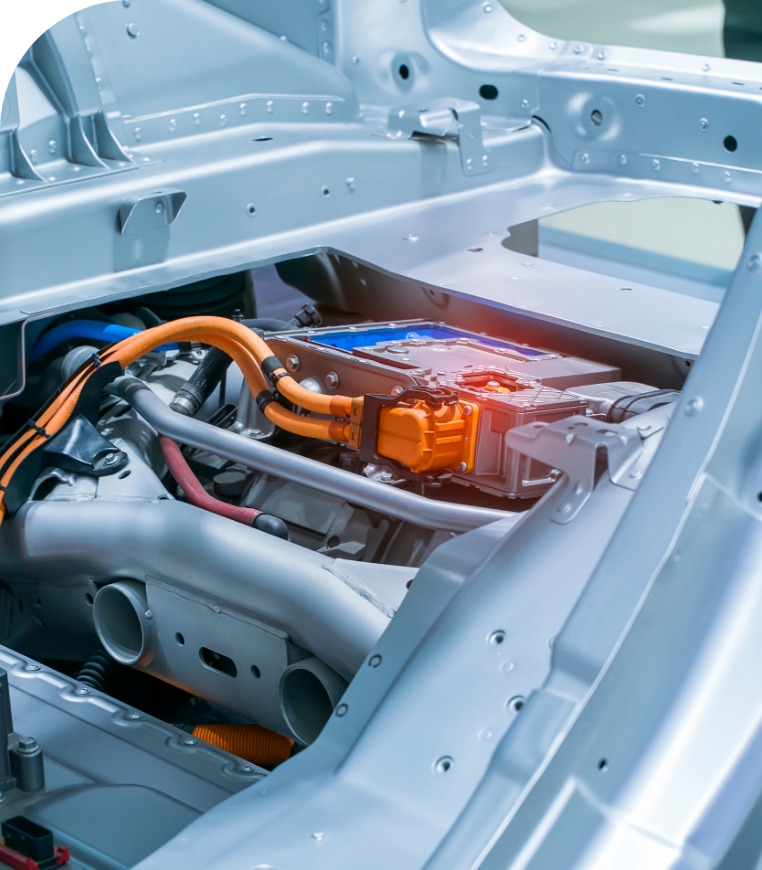Program
Details

About The Program
The EV Battery Recovery program’s objective is to support the ongoing development of a circular economy for electrified vehicle batteries in order to mitigate health and environmental risks, while encouraging options for reuse, repurposing, and recycling.
The program is funded by the participating vehicle manufacturers and is complimentary to battery holders as defined in this program. This program is not an emergency response program. Should there be any EV batteries that pose an imminent safety risk or any environmental risk, battery holders should take appropriate steps to inform the necessary authorities such as local first responders.
How It
Works
Battery holders determine if their battery is eligible for collection under the program based on 5 qualifying criteria.
Battery holders inspect the battery to determine key characteristics. This information is important as it will be used to determine the best means of transporting the battery as well as where the battery will be shipped. Basic information to collect includes vehicle make, model, and year, battery size and weight and chemistry.
Transport Canada also requires the shipper to identify the battery as end-of-life (i.e., batteries transported for disposal, recycling, or any other reclamation process) or damaged-defective. It is the responsibility of the shipper to sign the bill of lading and comply with legal requirements.
Using the chart provided, battery holders identify the service provider that has been selected by the vehicle manufacturer to support the collection of batteries.
Battery holders contact the service provider and share the information gathered above to arrange battery collection.
Battery holders are responsible for the battery while it’s in their possession and while waiting for collection.
What happens to batteries that are collected?
EV batteries collected will either be remanufactured for reuse in vehicles, repurposed for alternate use, recycled back to original metals for use in new products, or sent to vehicle manufacturer R&D centres for analysis. These batteries WILL NOT BE SENT TO LANDFILL.
Who is considered a ‘battery holder’?
Battery holders may include, but are not limited to, automotive dismantlers & recyclers, automotive shredders, independent repair garages, vehicle dealerships, and fleet operators.
Individuals who are in possession of a hybrid, plug-in hybrid, fuel cell, or electric vehicle ready for its end-of-life processing are requested to contact an automotive dismantler & recycler or their dealer to arrange for the vehicle’s collection.
What happens to batteries that are collected?
Transport Canada defines a shipper as the individual employed by the company (battery holder) who is arranging the shipment of the battery. This individual is required by law to:
- Make final decision if the battery is end-of-life or damaged-defective.
- Sign the bill of lading